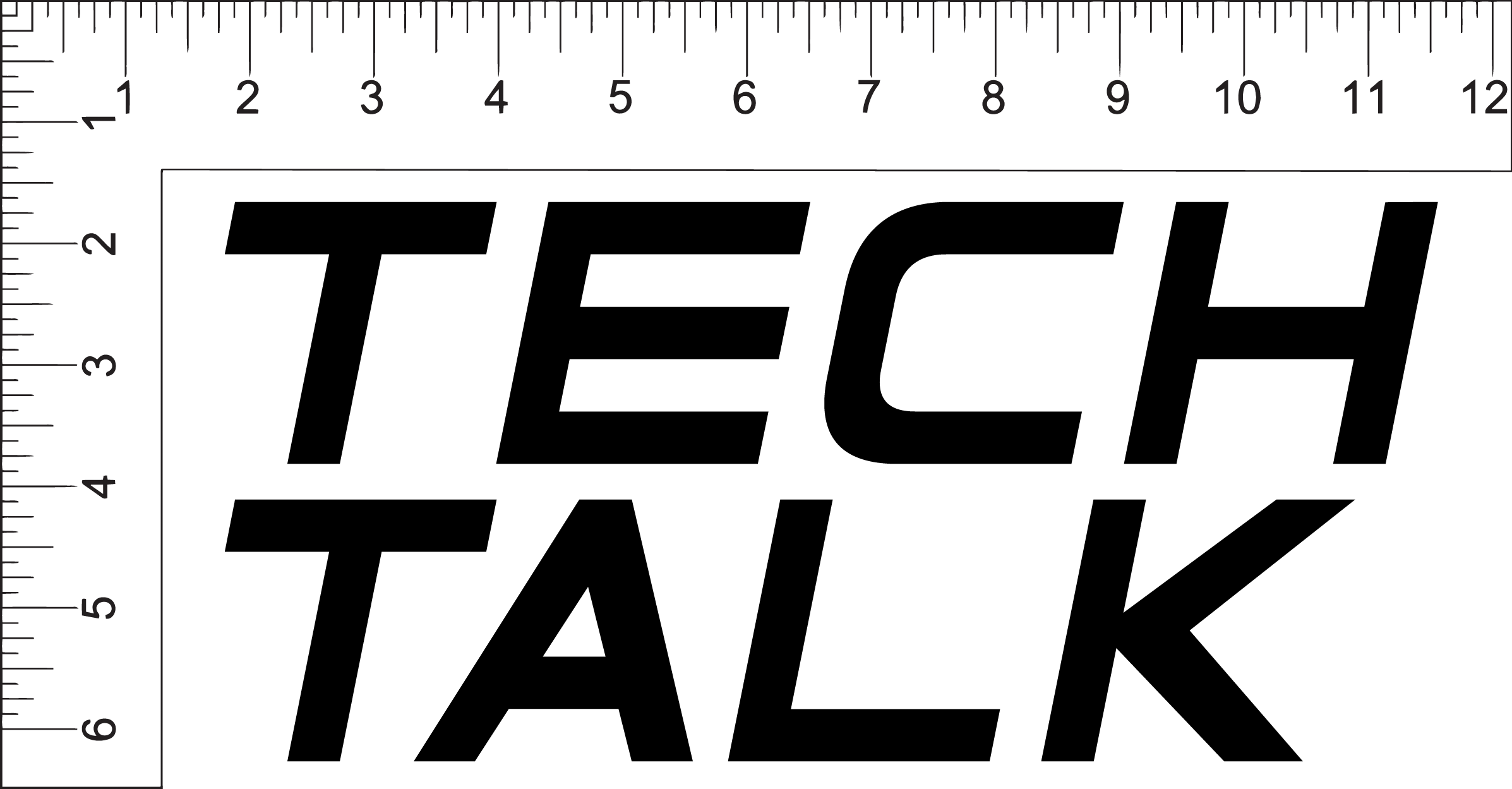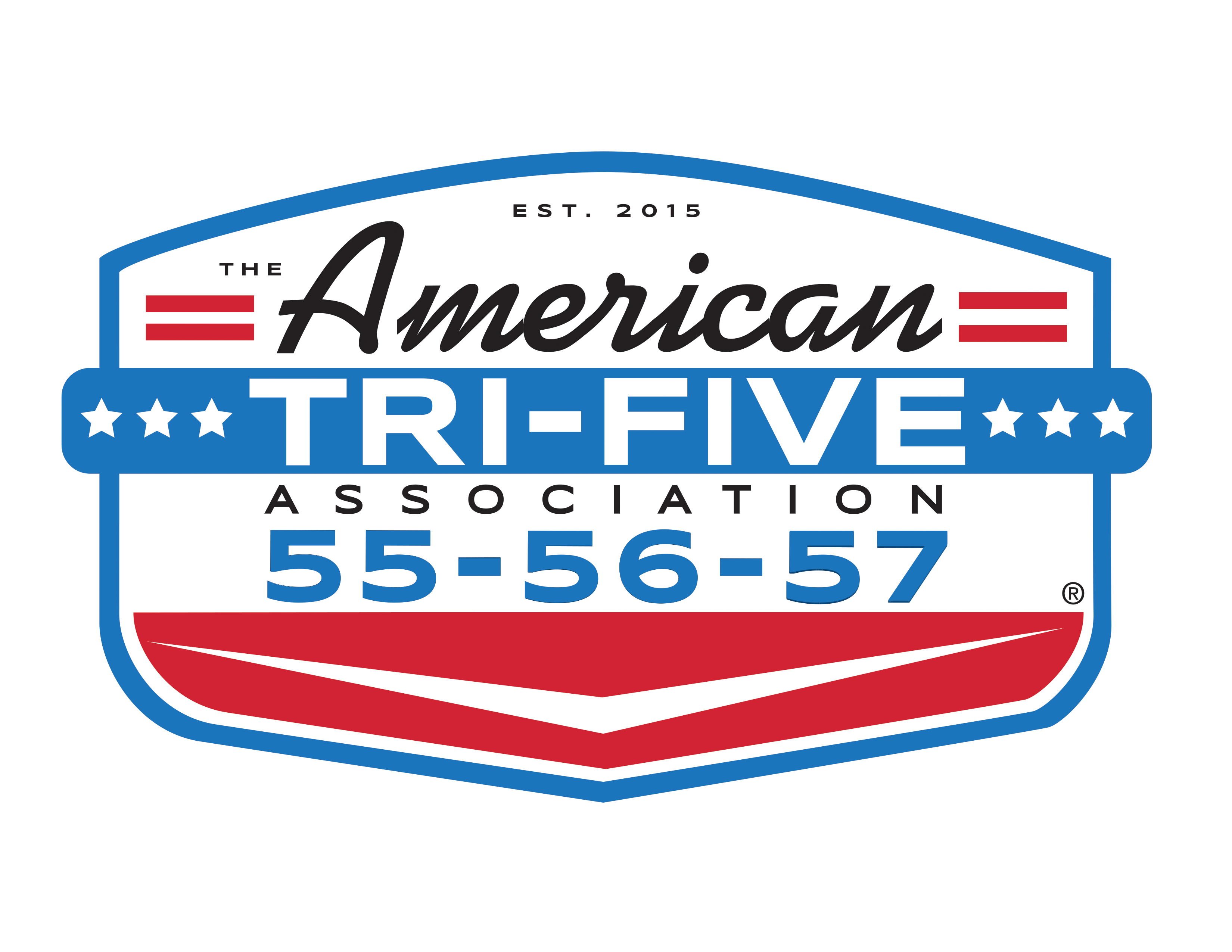|
Tech Articles Installing a Raingear Setup
At Woody’s Hot Rodz, we chose to use Raingear wipers for our Golden Star 2019 Giveaway car. We chose Raingear because of its ease of installation and reliability. When using systems that have moving parts, you need to install them right so you don’t have to redo this process all over again. We know that installing new systems in your car can be a pain. With Raingear they make it simple to assemble their products and install them into your vehicle. 1) With the assembly we did, it was on a brand new 56 Chevy so we did not have to take out an existing wiper system. When installing in a vehicle that has another wiper system already installed, first you will need to remove the glove box and radio. Then remove the screws that secure the instrument panel to be able to pull the panel far enough from the dash to be able to work behind it. You may need to unclip the big wire harness to get the appropriate amount of space needed to install the new wiper system. 2) You’re going to want to remove the wiper control knob and cable from the dash. Note: Make sure you save all the parts you remove from this entire assembly. 3) Now you’re gong to want to start the disassembly of the original wiper system. Start by removing the wiper arms and blades off the front of the vehicle. Then you will want to remove the special escutcheon nuts from the pivot shafts, the outside escutcheons, and the original pivot shafts. The last part of the removal process requires you to remove the wiper motor and the center spool from the firewall. 4) When starting the installation it is good to know that 1955/56 Chevys have two 3/8” diameter support rods that are suspended from the firewall to the steering column right where the column meets the dashboard. If you have one, it also may be good to remove the clutch pedal return spring. 5) Shown in the figure here, this is a locator tab. You want to bend the locator tab out about 30 degrees. Doing this before assembly will be much easier than doing it right before instillation. 6) Wiring the motor and switch before assembly can be helpful because sometimes it can be difficult to install the wire harness if everything is already in place. 7) The motor drive assembly will go to the left of the steering column. When putting it in you want to guide the pivot shaft trough the wiper hole in the cowl. 8) From the outside of the car you want to place the rubber washer, the aluminum spacer that is 13/16” long, and the 5/8” nut on the pivot bar. When tightening the nut, you want it to be snug, not tight. 9) You’ll want to place the locator tab on the firewall fitting. There should be a hole up and to the right of the locator tab. This is where the shaft will fit in. Attach the assembly against the firewall using the 5/16-18 x 1/2” hex bolt. If you have a gap between the locator tab and the firewall fitting you will want to bend the locator tab a little bit more. 10) Now it is time to tighten the nut on the outside picot shaft. You may need to use a longer socket to tighten it. 11) Moving on to the link arms, when assembling the link halves use the longer pair of holes for the nuts and bolts. 12) Install the molded bushings in both ends of the links.
13) Piece together the extended end of the long link to the passenger side using the given bushing, washer and clip. Be cautious when installing the J-clips, they can be easily lost. We recommend using a 1/4” wrench to push down and put the J-clip in place. Make sure that the lever on the passenger side pivot shaft is at 10 o’clock.
14) When passing the passenger side pivot shaft through the right wiper hole in the cowl, you want to aim the left end of the link arm towards the drive unit. 15) Place the rubber washer, aluminum spacer, and hex nut on the pivot shaft as you did to the driver side pivot shaft, and tighten the nut. 16) Attach the link arm to the brass pin on the driver side drive assembly as we did to the passenger side with the shoulder bushing facing toward the pivot fitting. 17) Double check and make sure the lever on the passenger side pivot shaft is at 10 o’clock. If it is not at 10 o’clock it could scratch off a lot of paint on your hood. 18) Make sure that all the wires are well away from all moving parts of the system. Tape the heater, clock and speaker wires away from moving parts as well. 19) Install the wiper switch in its original position. Make sure you ground the black wire for if you don’t the system will not function. 20) Connect the final red wire to the 5 amp fused source that is controlled by the ignition switch. 21) If you are installing a washer unit, wire it now. 22) Attach the wire clamp to a hole that is along the lower right hand face of the drive assembly. 23) When installing the outside cowl vent, escutcheons and escutcheon nuts, use the given wrench. 24) Do not install wiper blades or arms until tested. To test the system, place zip ties on each pivot post on the outside of the car, pointing toward the middle of the windshield. Test the system and make sure the zip ties return to the location where they started. This means your system is correct.
|


















